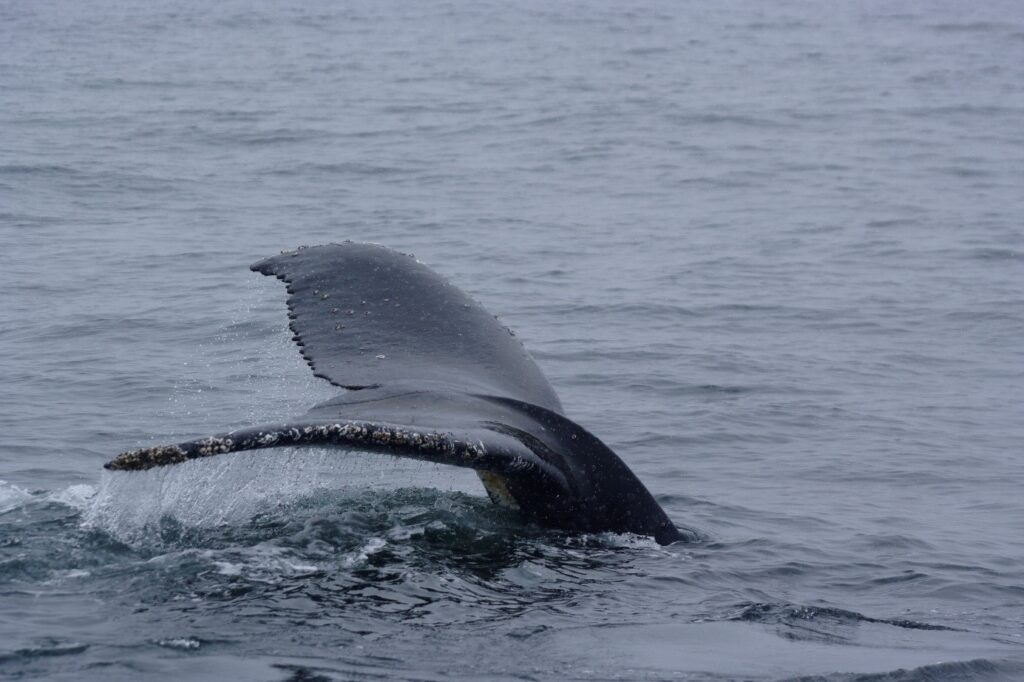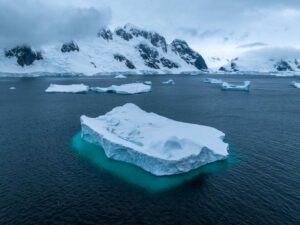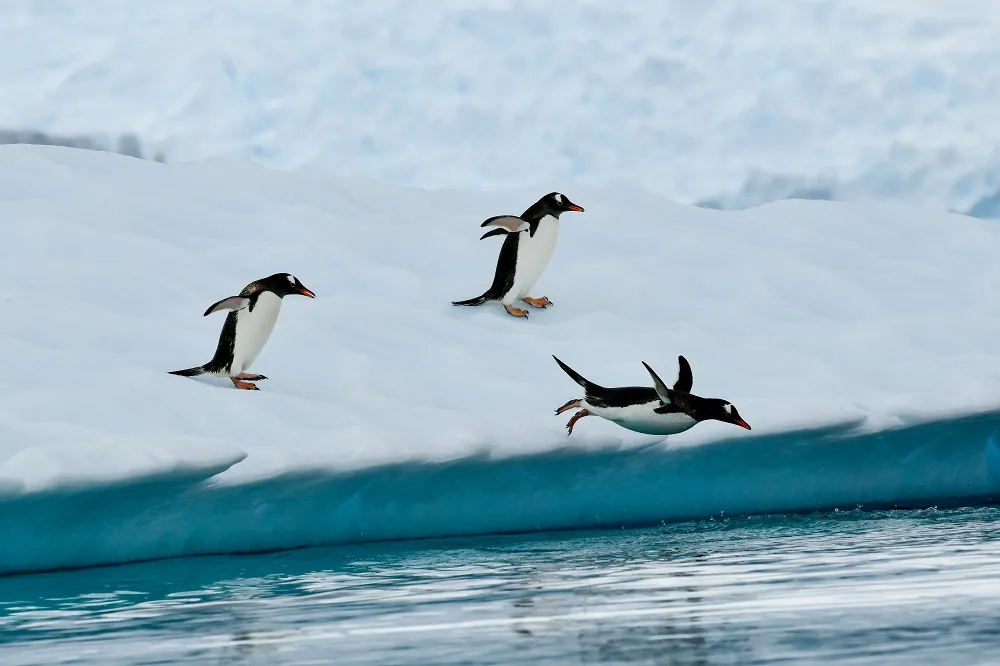The research conducted on the Antarctica trip between Dec 15, 2016 and Jan 8, 2017 focused on humpback whales, this giant freedivers that migrate annually to Antarctic waters to feed. Each year, they swim thousands of miles between their breeding grounds in tropical areas (Brazil, Peru…) to icy waters where they find their major prey: krill (small shrimps).

What do we want to know?
My question is simple: how do they actually find their prey? How can they locate krill patches in the open ocean? Because the krill make very little noise and the visibility in nutrient-rich waters is poor, it is probably not using audition or vision. So we want to test if they can perceive the krill’s smell and taste, something which has never been studied before.

Using dehydrated krill powder, we are able to create a “chemical stimulus” in the ocean that imitates the odor and smell of krill. After releasing this powder at sea near feeding Humpbacks, we monitor their reaction to this stimulation: Do they change their trajectory? Do they exhibit attraction behavior? Observation are conducted using observers from the boat as well as using drones that allow us to get more detailed information on their movements and behaviors.
We also release in the stimulus zone a floater equipped with underwater camera in order to catch more details on their reaction. A special microphone, called a “hydrophone”, is also attached to this floater and allows recording the whales’ vocalization: cetaceans use primarily sound to communicate so we try to detect any “food-related” acoustic signal.

The reaction of the whales during “stimulation trials” must be compared with “control trials” that did not include any chemical cue: only a clay powder that imitates the color of the krill.
The comparison between krill and control trials will be done using statistical models that integrate extra factors including the whales’ general behavior before the trial, the experiment location and weather conditions.

The red floater equipped with cameras and hydrophone can be seen at the top-left corner
Why is this research important?
Because while the global population of humpback whale is slowly growing, recovering from decades of mass hunting, new threats have emerged. These threats include climate change (which can affect krill density), chemical pollution, noise and marine debris. Therefore, understanding how the whales find their food can help predicting their movements, especially in a context of climate change. This is a particularly useful knowledge in the process of designing protected areas and corridors. Also, knowing more on the whales reaction to chemical stimuli may help find deterrents that could be used to keep them away from dangerous zones including oil spills and intense maritime traffic areas.

Conducting this research in Antarctica was a unique opportunity because it is where the krill density is the most important on earth. I could never have dreamt for a better place for field work. I was thus very lucky to be able to join this expedition, and to have such a motivated crew with me.
So on behalf of me (and of the whales 😉 – a big thank you to Laura and Fede for making this happen, and thanks so much also to all the adventurers that joined this expedition!
Bertrand Bouchard
Wildlife veterinarian
Behavioral Ecology Group, CEFE-CNRS, Montpellier, France
http://www.cefe.cnrs.fr/fr/recherche/ee/ec/810-doc/2742-bertrand-bouchard









